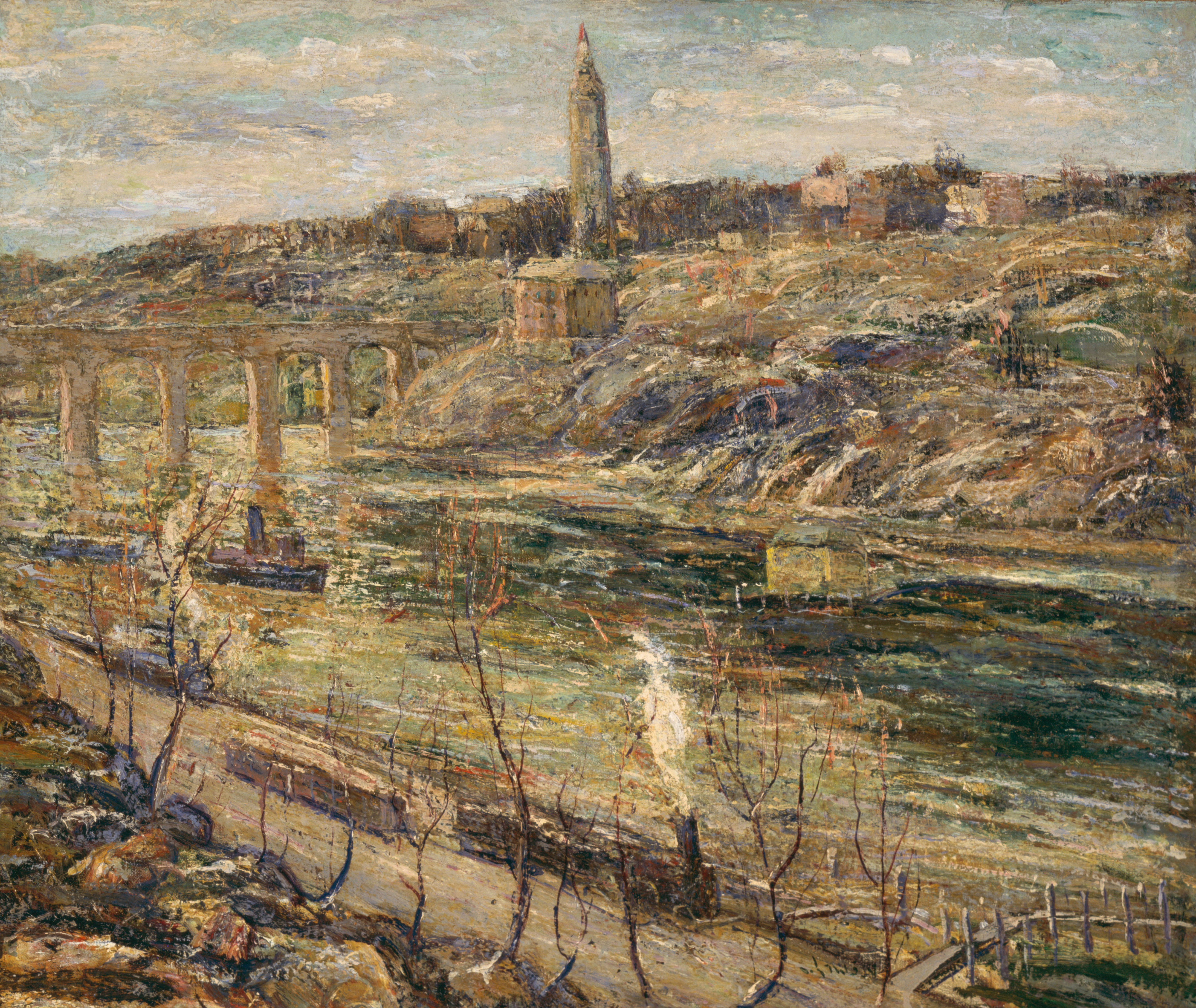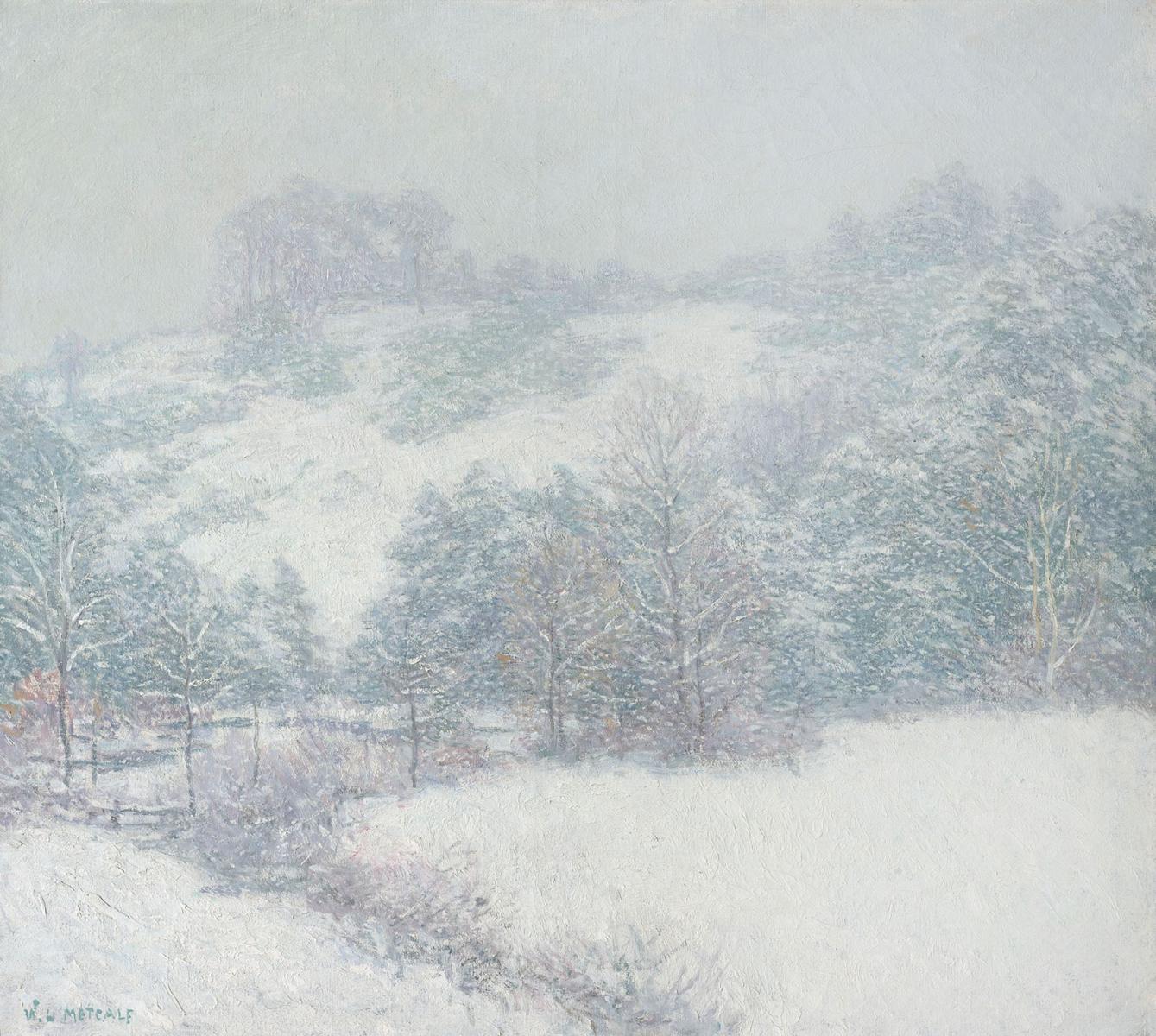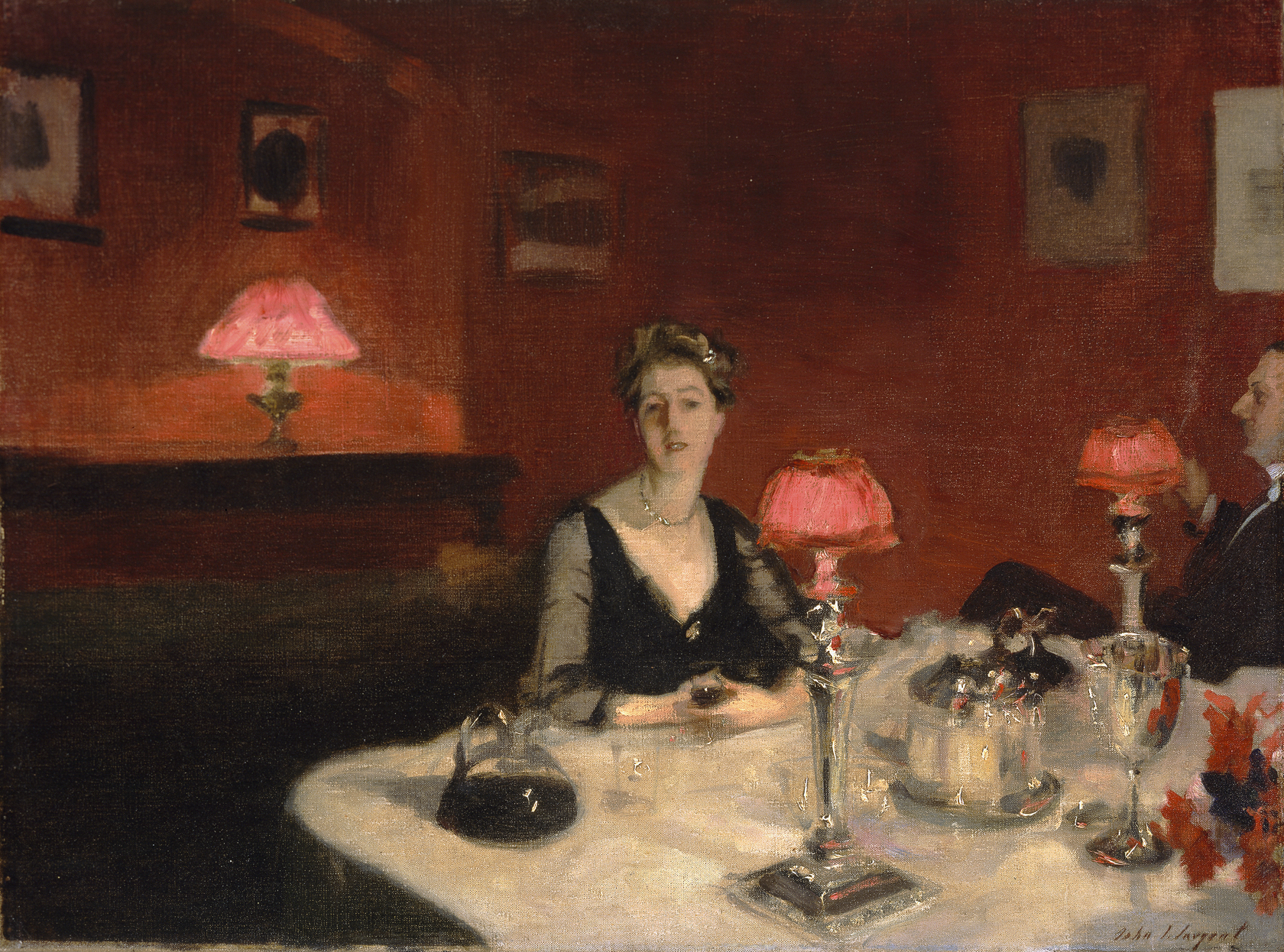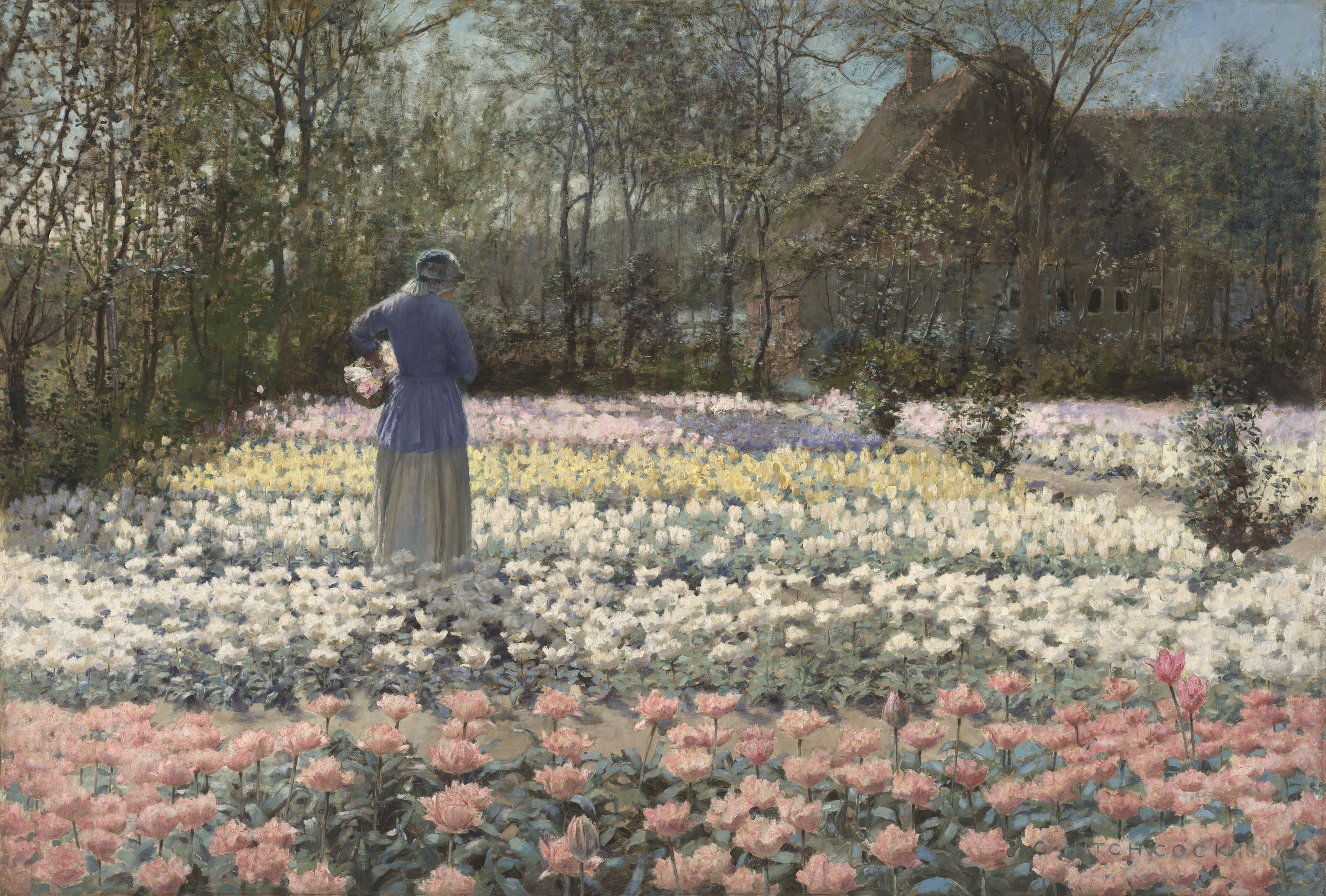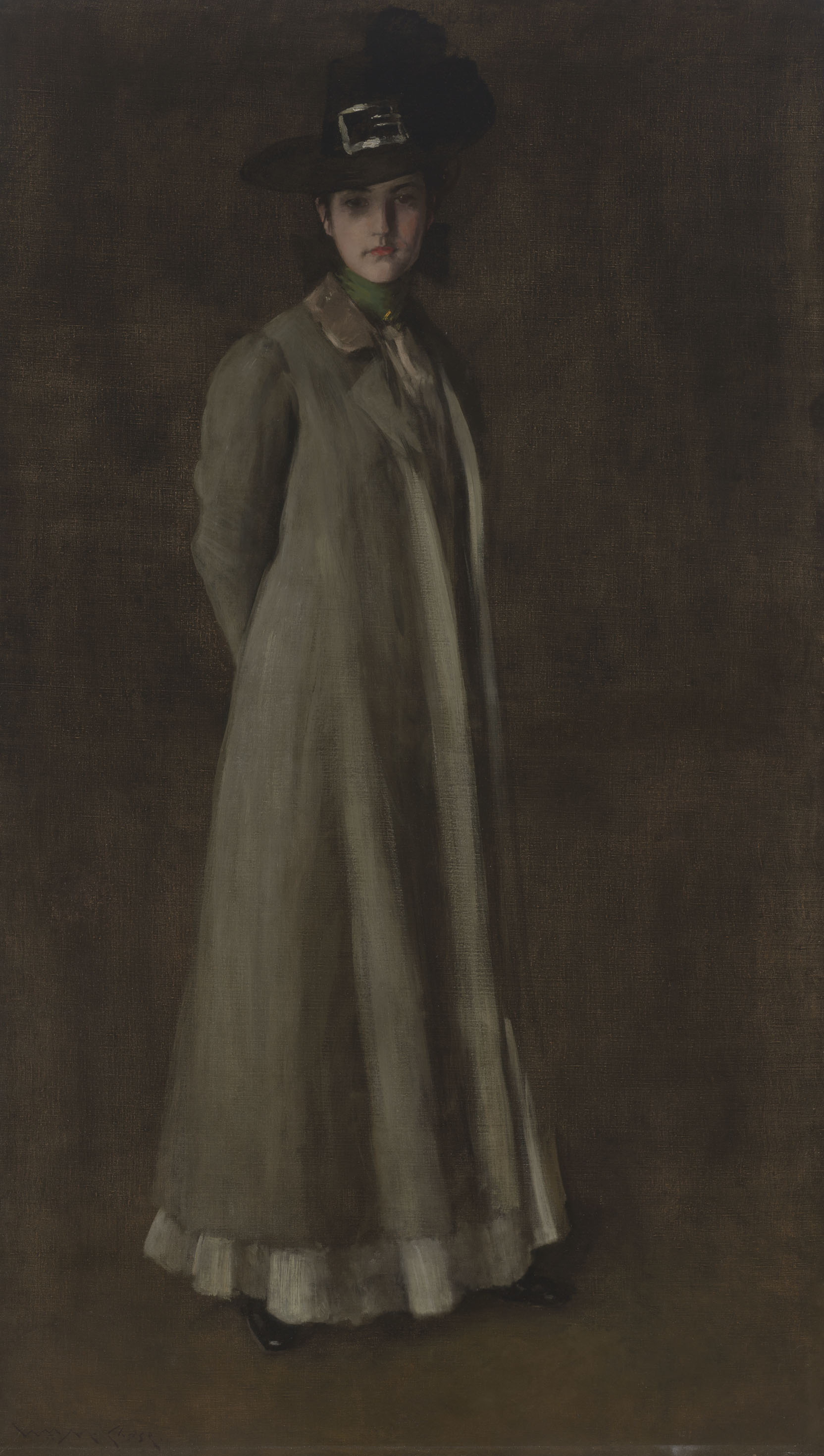A Day in July
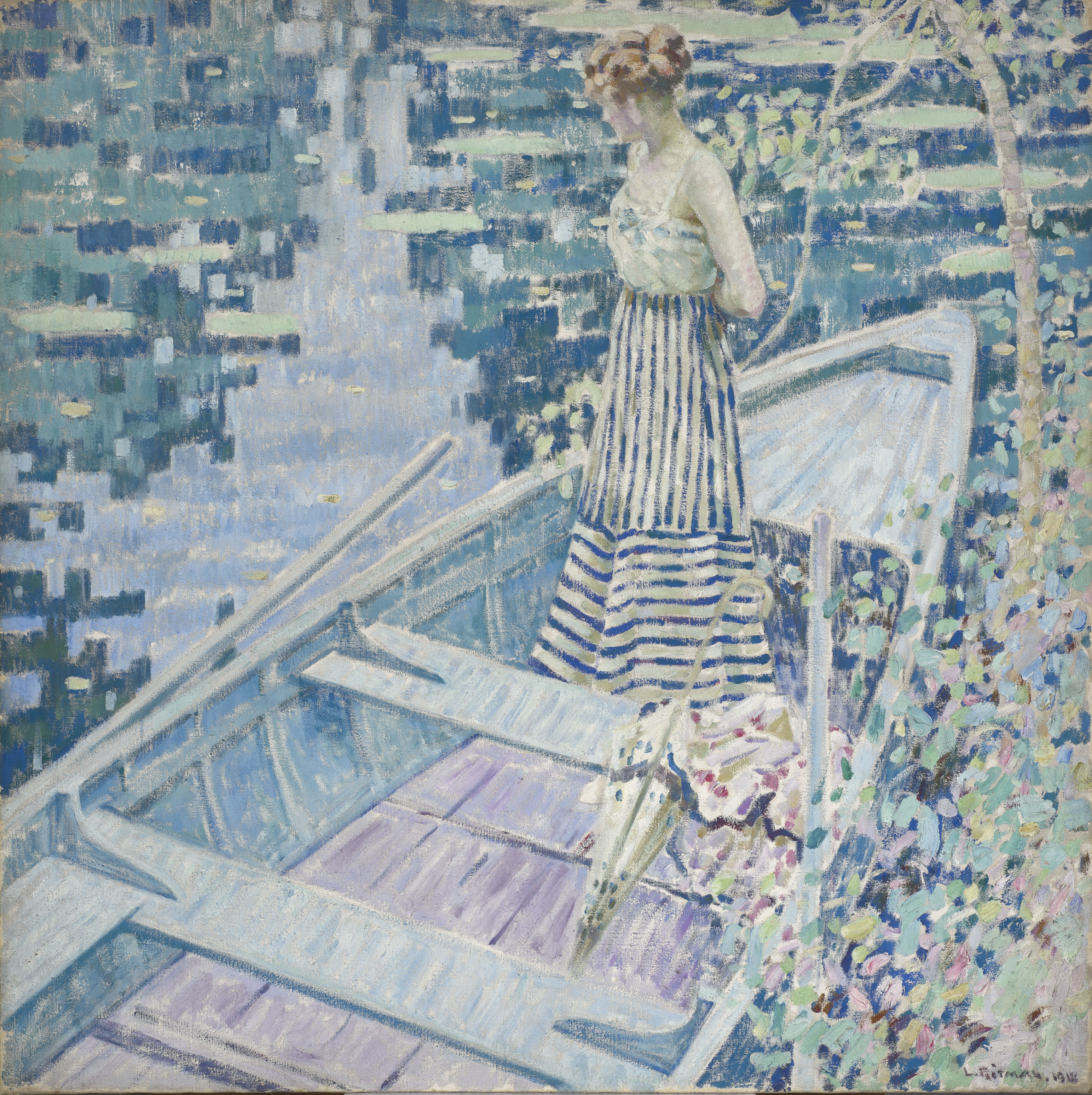
What are the psychological impacts of war?
A Day in July was painted during the final year of World War I, which dramatically disrupted life in Paris and the areas surrounding Giverny, the two places Ritman split his time between. Yet this work reveals none of the turmoil and devastation of those final months of war. Rather, Ritman’s patchwork of calm, harmonious colors and dappled light convey a sense of peace and repose.
